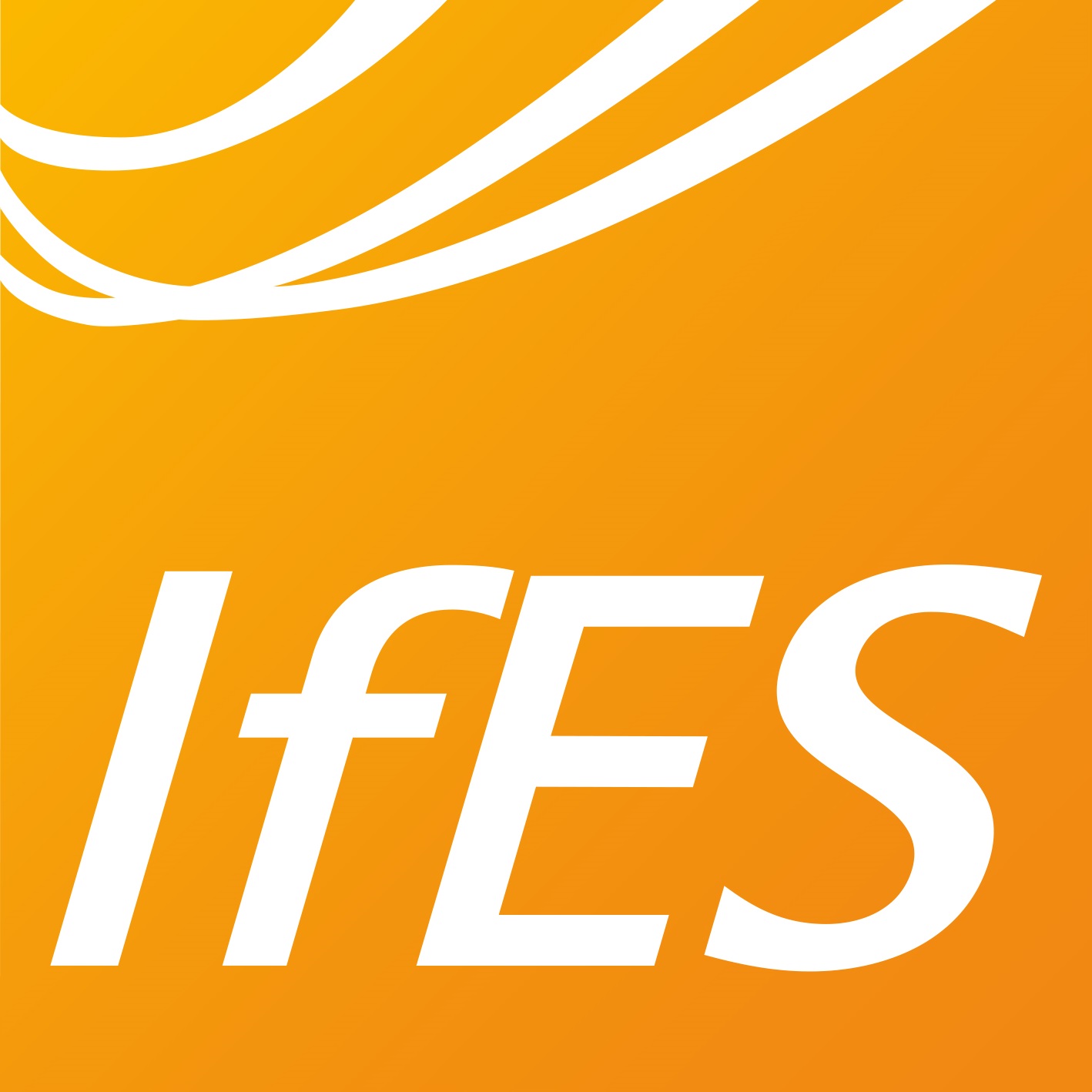The foundation of the Institute for Electrical Energy Systems dates back to Harald Schering's appointment in 1927 as successor to Wilhelm Friedrich Kohlrausch. Kohlrausch had already taught the basics of electrical engineering and theoretical electrical engineering from 1884 and in later years he also taught electrical systems and designing of dynamo machines and transformers, but was assigned to the chemistry department. Schering's institute, on the other hand, was assigned to the Faculty of Mechanical and Electrical Engineering, which was newly founded in 1922.
In addition to the basic lectures, Harald Schering was giving lectures in high-voltage engineering and high-voltage measurement technology. He also iniciated a practical laboratory course for high-voltage technology. During the time a wooden barrack next to the Welfenschloss served as the laboratory.
The foundation stone for today's institute building was laid in 1937, into which the institute could only move into in 1947 due to the war. Schering retired in 1949, but continued to represent his institute for another 5 years. In 1955 the institute was given the honorary name "Schering Institute" as he was the one founding the institute, while Gerhard Pfestorf was the head of the intitute since 1954. Gerhard Pfestorf held the postion until 1969, which was then occupied by Manfred Beyer on 09/01/1969. He was a member of CIGRE and VDE. Additionally, he was involved in political and international working groups. He mainly dealt with conduction and breakdown mechanisms of solid, liquid and gaseous insulating materials.
His successor Prof. Dr.-Ing. Ernst Gockenbach, who was appointed head of the institute in 1990, turned more towards the monitoring and diagnosis of insulation systems in power supply devices. In Addition, he dealt with questions of high-voltage testing technology and the electromagnetic effects of lightning when using non-conductive materials such as carbon fibers, for which appropriate testing equipment was purchased.
In 2000, the Schering Institute was merged with the Institute for Electrical Power Supply headed by Prof. Dr.-Ing. habil. Bernd Oswald, whereby the departments remained largely independent. In 2014, the institute for Electrical Energy Storage Systems, lead by Prof. Dr.-Ing. Richard Hanke-Rauschenbach, was joined. In the same year, the Schering-Institute was taken over by Prof. Dr.-Ing. Peter Werle. He set a new research focus on the diagnosis of high-voltage equipment, which is also reflected in the new name of the Department of High-Voltage Engineering and Asset Management [1,2].
[1] In: Universität Hannover 1831 - 1981. Festschrift zum 150-jährigen Bestehen der Universität Hannover / hrsg. im Auftr. des Präsidenten. Schr.-Leitung: Rita Seidel. Red.-Gruppe: Horst Gerken ... ; Band 1.
[2] In: Universität Hannover 1831 - 2006. Festschrift zum 175-jährigen Bestehen der Universität Hannover / hrsg. im Auftr. des Präsidiums der Universität Hannover; Band 1.




